The medical miracles of the “pharaohs” .. wheat for the type of fetus and lettuce for the treatment of impotence, the birth chair
History recorded many of the medical miracles of the pharaohs and their progress in various sciences. Despite the scientific and technological progress that the modern world has reached, it is still unable to explain many of the secrets of the ancient Egyptians, their science and miracles, and these secrets are still of interest and research by Western scholars.
The ancient Egyptians were distinguished by research and knowledge in the medical field and knew many diseases and methods of treating and preventing them. The physicians of the pharaohs would scientifically record their notes about the disease, which was recorded on the temple walls and papyrus papers. The ancient Egyptian considered that Doctor Amhotep, the minister of King Zoser (god Al-Shifa), believed that he was the author of the Papyrus (Edwin Smith), which is considered the oldest medical manuscript that included many diseases and methods of treatment.
The Edwin Smith Papyrus
The most famous papyrus revealed the achievements of the pharaohs in the field of medicine. This papyrus is the most famous in the history of medicine among the Pharaohs, it was named after the American antique dealer Edwin Smith, this papyrus is now in the holdings of the Academy of Sciences in New York, and it was translated by James Henry in 1930 after the daughter of the merchant Smith gave it after his death to the History Society of New York, And dates back to the year 1600 BC, and has specialized in medical surgeries such as head, neck, shoulder, chest and breast surgery, as well as various cases of fractures in the body. It has been shown through this wilderness that extends to 5 meters that it describes how to deal with 48 multiple surgical cases.
The rest of the papyrus was not found, as it was found incomplete, and archaeologists suggested it was completed with the rest of the surgery on body parts.
Cahn’s Papyrus (Theology)
It dates back to the reign of King Amenemhat the Third in 1825 B.C. This papyrus consists of three pages. This papyrus is devoted to diagnosing obstetric and gynaecological diseases, determining the gender of the fetus, medical ointments for women, and treatment for dental pain.
The Ebers Papyrus
It was named after the Egyptologist George Ebers, who translated it in 1875, and this papyrus is one of the oldest medical papyri, as it dates back to 3000 BC. The length of this papyrus reaches 20 meters, and its width is approximately 30 centimetres. This papyrus mentioned about 400 medicines and 877 methods. Medical for treating diseases such as eyes, women, surgeries, anatomy, internal medicine and the skin.
In addition to other papyri interested in the medical field, they are less important than the previous papyri, in addition to the fact that large parts of them were lost. At the same time, they were found, such as the Chesterpine Papyrus, Leiden, Ramesseum, Hurst and Berlin Medicinal, which contain a lengthy explanation of the heart and vessels and most of the drugs plant and animal.
Women and childbirth
A papyrus was found in the Priene Museum, and it may date back to 1350 BC. This papyrus explained how to know the gender of the fetus using a woman urinating a few grains of barley and wheat in two vessels, and if barley grows, the woman is pregnant with a child. If wheat grows, the gender of the fetus is a girl, but if one of them does not sprout, then the pregnancy is false.
There is another method practised by the ancient Egyptians to determine whether a woman is pregnant or not or whether she is barren. In the same papyrus, a method was presented by placing watermelon juice in the milk of a woman who conceived a child, and a woman who wants to know that she will become pregnant or not takes this juice if her stomach is swollen. The drink means that she did not get pregnant, but she would get pregnant if she vomited.
Birthing chair
The ancient Egyptian knew a chair on which a woman sat to give birth, as the Egyptian Museum’s holdings contain an antique piece carved on a chair. A woman sits on it and puts her hand on her legs (squatting), and on her face, the signs of birth appear, and next to her is the god Hathor, one of the most important deities of the ancient Egyptians, and on her left and right Next to it is a phrase known as (to give birth). Surprisingly, archaeologists and medicine in the West praised this situation to facilitate the birth process. The West recently invented a birth device similar to the birth chair in the Egyptian Museum now.
Infertility treatment
No one overlooks that modern science, with all its capabilities and devices, cannot reveal many of the Pharaonic miracles in various fields. There is Tell Al-Faraeen, which is presently in the Kafr El Sheikh area, where women have visited since the era of the Pharaohs until our time. To request childbearing, the hill consists of 4 springs of underground water. The woman who wants to have children bathes (with two bergen) water. A story is circulated in the Delta region that this water has a magic formula for treating infertility. This water was used in the Pharaonic era for purification before entering the temple of the god Horus. The ancient Egyptian used to come to him to offer sacrifices and blessings.
dentist
The pharaohs excelled in dentistry, and the historian Herodotus mentioned different names and degrees of dentists as it is known now, some of them were the chief specialists such as (Hassi Ra) and (Samtik Snape), and he also mentioned names such as the doctor (in Anj Shekhmat) Pharaoh’s doctor and assistant maker Teeth (drenched ankh). And also, Nephrertis, who was an assistant to the doctor (Sebshat Hotep), the amazing thing is that the Pharaohs came to use advanced techniques in treating teeth and caries problems. They also knew the methods of filling by using a piece of linen treated with cedar oil or fig juice and then placing it in place of the cavity of the part to be filled.
The dentistry achievements of the Pharaohs were discovered through a recent study at the Canadian University of Ontario, which they conducted on a mummy dating back to approximately 2100 BC. The study discovered the ancient Egyptians’ advanced medical materials in this speciality, and skulls were also found. Traces of dislocation and it was said that the attending physician used to tie the molar or tooth that has caries with a strong thread, then pull it out and pull it out forcefully, in addition to finding traces of “abscesses” inside the jawbones. It was said that its treatment was done by moxibustion with fire through an iron stick. And dental pain, the physician advised the treating doctor to cut the body of a mouse and place it on the site of pain, and this was their belief that the mice were protected by the sun, and this method may be a means of anaesthesia. Not to mention dental implants, where a golden wire was observed connecting two years in the jaw of one of the mummies.
He was a physician (Heise Re) in 2600 BC, and he was the first healer in this field; and he was identified inside his tomb as a dental therapist.
Discovery of anaesthesia and anaesthesia in surgical operations
As usual, the ancient Egyptian preceded others in the field of anesthesia and did so through simple primitive materials, which consisted of a mixture of marble powder with vinegar added, then the doctor would perform operations such as emptying the abscesses or otherwise, and this was mentioned in the Abers papyrus, and this was done using machines Surgical procedures, which were found in Pharaonic tombs such as scalpels and retractable machines, as well as sutures and dryness in suturing operations, and archaeologists have suggested that the anesthesia operations are on the area to be performed with an operation only, because it is observed on the walls of the temples that the eyes of the patient are opened during an operation or surgery in His body, which means that they discovered local anesthesia, the professor of oncology at Cairo University, the former dean of the National Institute of Oncology and the former Minister of Higher Education, Dr. Hussein Khaled, explained that the pharaohs were the first to use surgical instruments in treating some tumors, such as breast cancer, which also knew the pharaohs and were able to differentiate between Benign and malignant tumor, or if the disease is not treatable, and one of the treatment methods of the Pharaohs was by using moxibustion, as they summed up that this disease is not treatable. Also, the Egyptian chemist Dr Mohamed El-Far exploded a surprise about the ancient Egyptians or the pharaohs, as studies have shown that they were the first to use the method of phototherapy for some skin diseases and relied on the sun on them, confirming that it was a photodynamic treatment for tumours and cancer.
mummification
The doctrine of resurrection and immortality that dominated the Egyptians in the past made him invent the art of mummification to preserve the body of the dead after the soul returned to it again, so he believed that there was a second life after death, which required him to preserve the bodies of the dead and put everything the deceased desired during his life in his cemetery. That when he wakes up, he finds his body as it is; its tools and requirements are available, so the ancient Egyptian had to master the dissection of corpses in addition to inventing medical tools used in the embalming process that has remained and will remain a secret of the secrets of the Pharaohs, despite the efforts of scientists to discover the secrets of the mummification process, the mystery still hangs over it.
The process of mummification was carried out in several stages, and at each stage, we discover the creativity of the ancient Egyptians in the sciences of medicine and anatomy. The pharaohs knew about the presence of soft bodies inside the body that helped in the process of decomposition after death, which made him remove the brain from the skull by suction through the nose using a chisel and a hammer to cut Through the nasal wall, and then the brain is drawn through the nostril with a shielded hook, in addition to extracting the guts completely from the body except for the heart, as they believe that he is the only one who will be held accountable (or (he will play a role during the trial)) as well as known also tap oil and put it in the guts so that it does not rot, they also knew Natron salt and perfumed linen wrap and their role in drying the body parts completely from the water to prevent the accumulation of bacteria and germs that help the process of rotting, and beeswax was used to close the nose, eyes and mouth, they coated the body with liquid resin to block all the pores of the skin to be an insulator of moisture and repellent microorganisms and insects in various Circumstances.
Cupping
The pharaohs also talked about cupping, which is a prophetic treatment mentioned in several hadiths of the Prophet, which is considered a way to rid the body of blood impurities by removing the blood trapped in the diseased area, as it increases blood circulation activity in the body, and also works to strengthen the immune system to get rid of toxins inside the body.
It seems that all this was not overlooked by the ancient Egyptians, as drawings were found inside the tomb of King Tutankhamun, indicating their use of it in the treatment of some diseases. It seems that they used it at first through metal cups, ox horns and bamboo trees. They deflated it from the air after applying it to the skin by sucking the air, and then its use developed into glass cups, which they emptied the air from by burning a piece of cotton, wool or paper Inside the cup.
Diabetes diagnosed and treated.
The Ebers Papyrus described the symptoms of a person with diabetes that the patient suffers from intense thirst and frequent urination.
It was stated in two recipes, No. 5 and No. 197 of the Ypres Papyrus, treating and diagnosing many diseases. The ancient Egyptian knew diabetes by diagnosing it in the following way: If he examined a patient in the upper abdomen and found his body was damaging like a bewitched one, and if he examined him and did not find a disease in his stomach and urine secretions were found in His body is like honey, and it was said that he suffers from internal degeneration, which is intended for (diabetics).
And its treatment is through its composition of iron ore, linseed and melon – it is used every morning for four days until it quenches his thirst and gets rid of internal decomposition.
It is worth noting that body atrophy, thirst, and honey are the main symptoms of diabetics.
Honey is a reference to diabetes. In all ancient medical manuscripts that came even after the ancient civilization of Egypt, honey is a reference to diabetes, and the current Latin name also carries a description of urine with honey.
Baldness
The ancient Egyptian also knew the disease of baldness and hair loss. They succeeded in installing some materials to nourish the hair and prevent it from falling out, so they used a mixture of crocodile fat, ducks, and snakes to treat baldness, which beauty experts advise using. It was incorporated in some medicinal materials to treat hair.
Treatment with herbs and plants
The pharaohs discovered the treatment of herbs and plants, as remnants of them were found inside the tombs in addition to being mentioned in medical papyri, not to mention painted on the walls of temples and tombs.
Herbs and plants are currently used and known as alternative medicine. The Pharaohs used them to treat many diseases and appeared through their writing and diagnosis of every herb and plant in the treatment of every disease.
Onions
The Pharaohs knew onions in Pharaonic Egypt and took great care of them so much that it was said that they sanctified it and immortalized its name in writing on the walls of the pyramids, temples and papyrus leaves. It was recently discovered that onions strengthen the stomach and refresh it, prevents clots, and regulates blood sugar, as it has been proven that onions contain substance ( Coconino), which is equivalent to insulin in the ability to regulate blood sugar levels, and the doctors of the Pharaohs mentioned their interest in onions and their keenness to distribute it in the lists of fortified foods that were distributed to the workers who built the pyramids, as they described it as a nutritious, appetizing and diuretic.
He also knew the value of onions in alerting the individual after cases of coma, so they put the onion plant inside the graves and in the coffins of the dead with the mummified corpses because they believed that it helps the dead to breathe when life returns to him.
Onions were also used to predict weather conditions. The ancient Egyptian believed that the thin peels surrounding the onions provide observational predictions about the weather. If they were numerous, thin and transparent, the winter would be harsh.
Anise
Anise was mentioned in Pharaonic manuscripts (Papyri) as part of several medicinal prescriptions. Medicinal papyrus boiled anise seeds came like a drink to treat pain, stomach disorders, and dysuria in the Pharaonic papyrus. The Hearst papyrus stated that the ancient Egyptians used anise as an aromatic stimulant with a streaky puffy against intestinal swelling that expels gases and mouthwash and treatment for gum and tooth pain. Archaeologists have found fruits Anise in the cemeteries of the eastern desert of the city of Thebes.
Liquorice
In 1923 he found the roots of liquorice in the tomb of King Tutankhamun.
It was mentioned in the medical papyri and described that the fermented infusion was useful in vomiting and gastric irritation. This plant has a high therapeutic value for the Egyptians because of its strong and rapid effect on many diseases of the digestive system as well as the liver and intestines, it is very effective in treating cases of stomach ulcers, and recent research has proven that liquorice contains glycerin and the substance Carbonoxalon is derived from it. Helps heal stomach and intestinal ulcers.
Besides the treatment, the ancient Egyptian used liquorice as a juice drink and also they were mixed with bitter medicines to hide the bitterness of the medicine.
Hibiscus
Doctors advise drinking hibiscus in the treatment of blood pressure, but this fact was the first to arrive at the Pharaohs through their medical documents; they were interested in the cultivation of the hibiscus plant and used its flowers within some prescriptions, especially as a soothing drink for head pain and as a repellent to worms.
Linum seed
They used flax seeds in medical and industrial fields, as the Hearst medicine papyrus mentioned in a prescription for treating haemorrhoids. In contrast, another medicinal papyrus was mentioned for treating wounds, sores, wet eczema, burning, baldness, and a topical analgesic for infections, in addition to its use in aromatherapy compounds and massages to treat some diseases and injuries.
In the field of industry, flax fruits were used in the textile industry.
Cactuses
The Pharaohs used aloe vera as a quick treatment in eye ulcers, wounds and burns from the outside, and they also praised it as a laxative for the intestine and a drink to remove yellow.
Grapes
Grape leaves were found in the cemetery (Ptah Hotep) and from the inscriptions on the tombs of the Fifth and Sixth Dynasties and the eighteenth and nineteenth dynasties in Thebes. It has been scientifically proven that grapes contain many vitamins such as magnesium, iron, potassium, sugary substances, vitamin A and vitamin (C). Green grapes prevent dizziness and thirst, eliminate relaxation, flabbiness, and eliminate itching.
Dates
Archaeologists have found the nucleus of dates in many pharaonic tombs. It was also offered as a sacrifice to the gods, indicating its high status among the ancient Egyptians, as they made a kind of wine from it. It helps get rid of toxins in the blood and the excess acidity in it and helps form red blood cells, as they are known to provide the body with energy and activity.
Cumin
Cumin came in ancient papyri in more than 60 medicinal recipes. We mention, among them, the treatment of fever, tapeworm, indigestion, intestinal colic, and carminative. The Egyptians also made from cumin an analgesic ointment for stomach pains, rheumatic pains, joints and colds, for healing burns, and against cases of scabies, and they also used cumin from the outside to replace sores and wounds with a bad smell, as they used to present it as gifts and offerings to temples.
Myrtle
Pharaohs knew the ace, which is considered one of the ancient Egyptian plants whose branches were painted on the walls of Pharaonic tombs in the hands of dancers. Scientists also found plant branches in some Pharaonic tombs in Fayoum and Hawara.
The myrtle plant was included in many medicinal prescriptions in the Pharaonic papyrus to treat epilepsy, cystitis, urine regulation and removal of lower abdominal pain in the form of oral doses. As well as an ointment to treat lower back pain and against redness, headache and cough, and to increase hair growth.
Cypress
The Pharaohs used the leaves of the cypress plant for several purposes, the most important of which is an ancient Pharaonic recipe for dyeing the hair. The plant’s roots were used after crushing and kneading them with vinegar and then placed on the head’s hair in the form of squash to strengthen and dye it.
Scientists have found some woods of this plant from the era of the Sixth Dynasty and the Twelfth Dynasty in ancient Egypt. Cypress trees were also inscribed on the outer walls of the Temple of Ramses III at Karnak.
Berry fruit
Berries were found in the graves of Hawara, and the Pharaohs used them as food and as part of medicinal recipes. The berries are called in the Pharaonic language “Kahoot” and are very close to Arabic. The pharaohs used the juice of berries as a drink to treat cases of schistosomiasis, stomach pain, coughing and whooping cough.
Tamarind
The tamarind came in a medicinal prescription in papyri to expel and kill the worms in the abdomen.
Magic therapy (spells and spells)
It was called religious medicine and was practised inside temples or in houses attached to temples. The pharaohs knew magic spells written on the walls of temples to protect themselves from the dangers of life and protect his body after burial. The god (Thoth) was giving the skill of healing to the doctors.
Pharaonic prescriptions for treating impotence, contraception, depression, wrinkles, joint pain, sciatica and heart disease
A-Cosmetics (removing wrinkles and strengthening nails and hair)
Carrots to remove wrinkles
Carving islands on the walls of Pharaonic temples, where the ancient Egyptian used it. And it was mentioned in stomach and chest treatments. It was said that women also used it as one of the basic cosmetic methods useful for the safety and health of the skin. Research has recently discovered that carrots are rich in vitamin A, which is necessary for the safety of the skin and several vitamins that come on top of stimulating and stimulating the process of tissue regeneration. And cells are useful for removing wrinkles from the face and forehead, reducing sagging skin, and strengthening hair and nails.
Figs to treat chest, skin and heart diseases
Egyptian figs were used as a topical cream for treating skin conditions and skin spots, and figs were also reported to be used in treating digestive disorders, expelling worms from the stomach and intestines, resisting chest infections, heart disease and hair loss, and also facilitating joint movement and increasing their flexibility.
Oranges to get rid of depression
The orange flower is used to combat stress, and a sense of optimism and bathing with it and massaging the foot with it gives more recovery.
Black seed to treat the digestive system
“Black seed” oil to lower cholesterol, treat gastrointestinal infections such as diarrhoea, stomach ache, stomach ache, in addition to poor digestion and strengthen the immune system, with a daily dose of 4 drops on any drink.
Sandalwood
To get rid of joint pain.
The ancient Egyptian used sandalwood to eliminate joint and muscle pain by massaging the sick part of the body for (15-20) for a period of (3-4) per week.
Peppermint oil
For the treatment of colds.

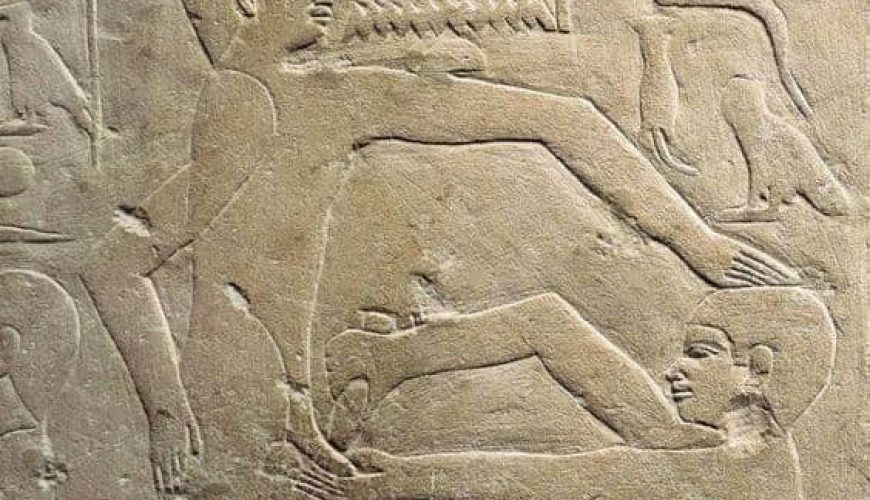
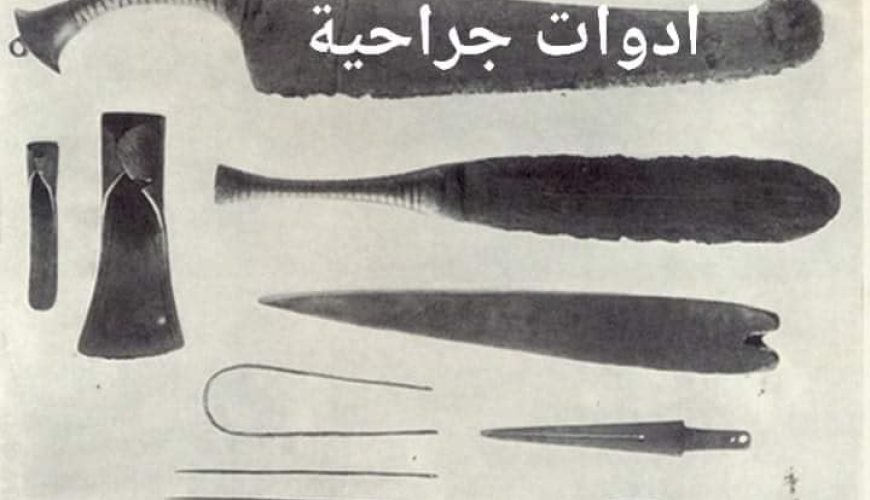
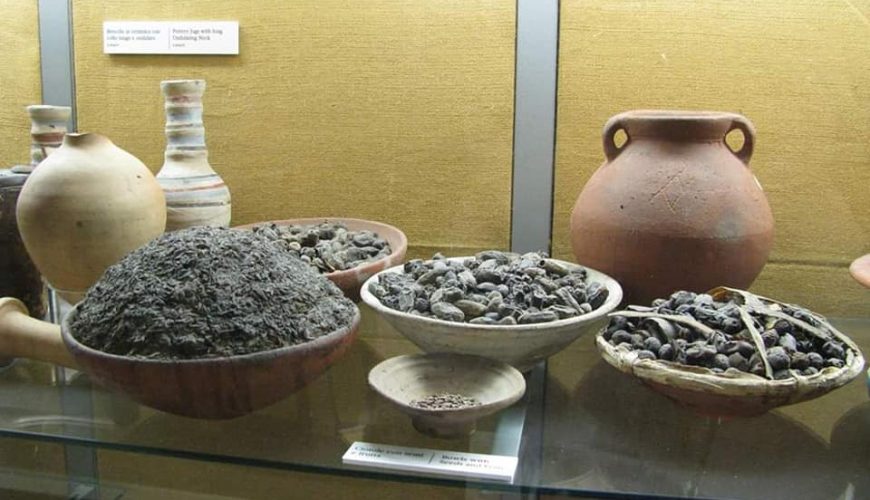
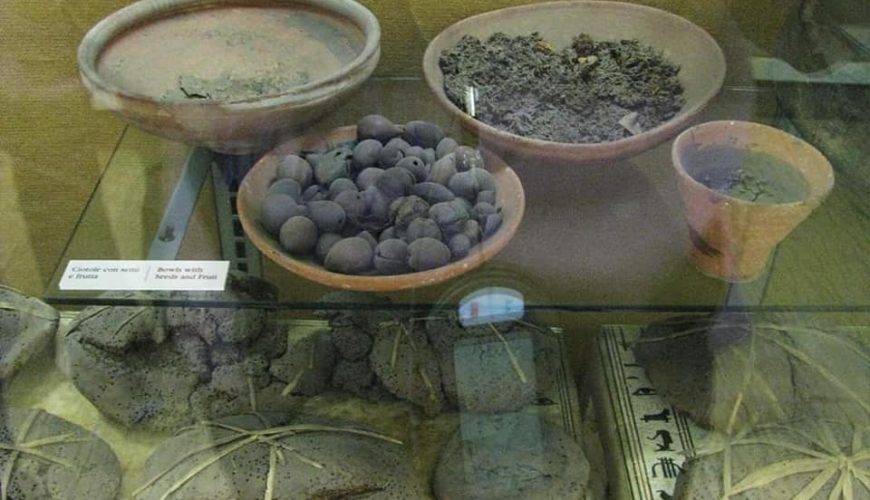
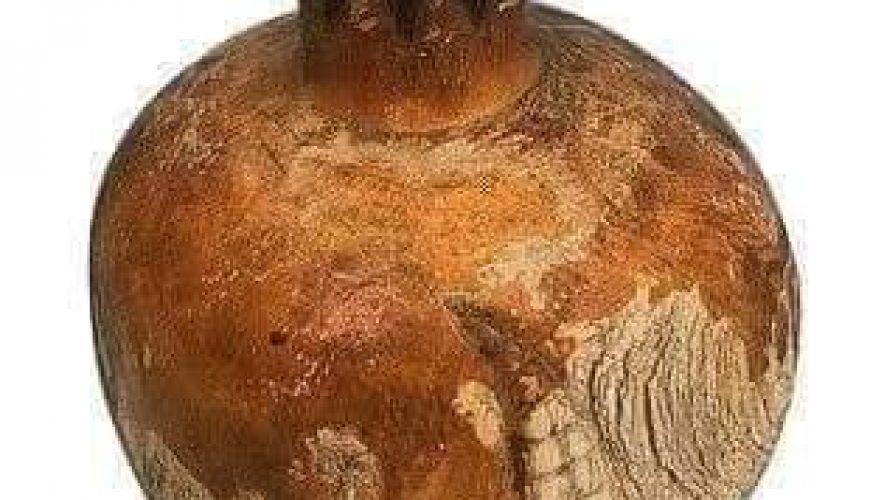
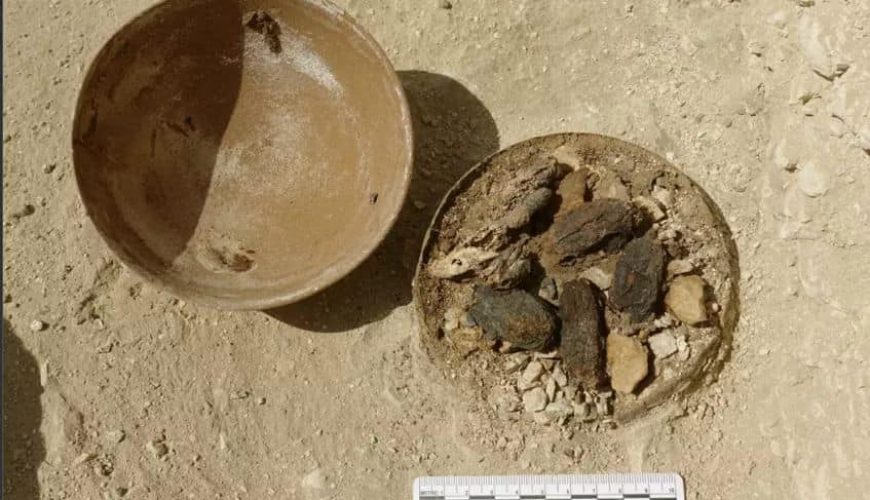
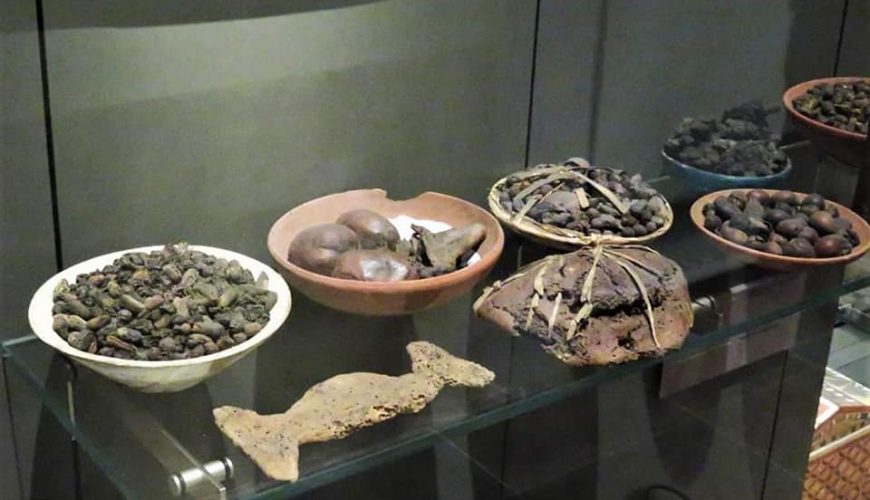
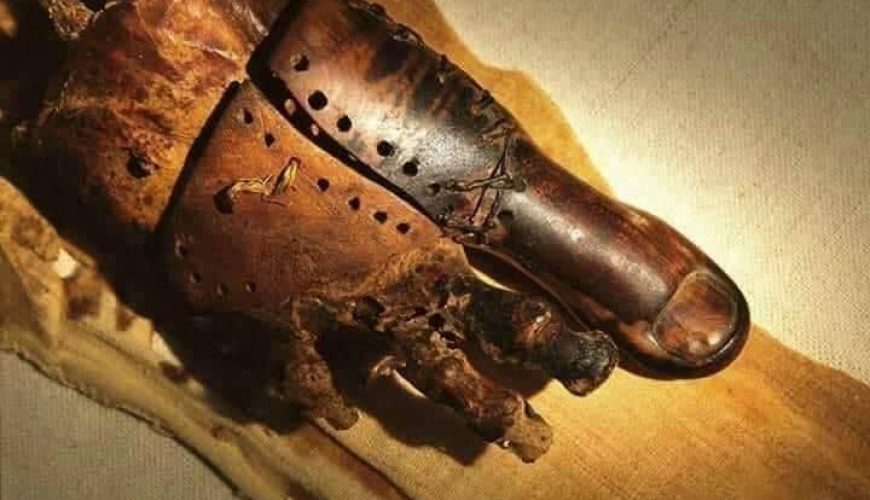

Comment (0)